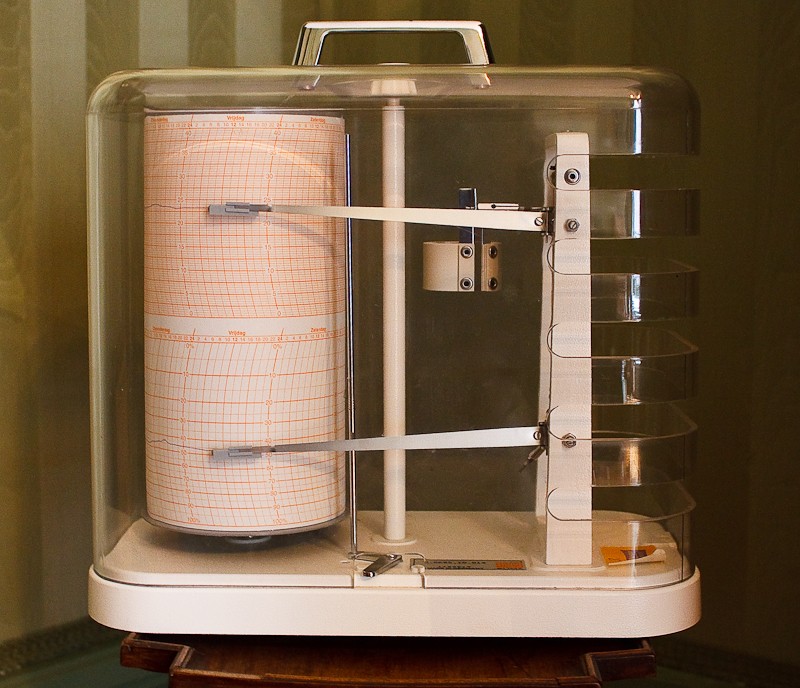How Earthquakes Are Measured
With a machine called a seismograph scientists can tell where an earthquake happened and how strong it was.
The place in the Earth where the movement takes place is called the focus or hypocentre. From here, waves start to spread out in all directions. This focus can be very near to the surface or it can be hundreds of km below it. The area on the surface exactly above the focus is called the epicentre. This is the place where the waves hit first and where the most damage is done.
Whenever an earthquake hits us you hear how powerful it is. The Richter Scale is used to rate the magnitude of earthquakes. Small quakes have a rating of under 4. You won’t see a lot of damage here. Medium-sized earthquakes reach between 5 and 7 on the scale, and the really big ones are above 7. The largest earthquake that has ever been registered was at 9.5 on the Richter scale.
There are more than 100 seismograph stations all over the world. When the Earth shakes, seismologists compare the information they get and then they can tell where the earthquake really happened.

Seismograph
Image: MicheleLovesArt, CC BY-SA 2.0,
via Wikimedia Commons

Epicenter and Hypocenter
Image: AnsateSam Hocevar (original author; this is a derivative work)User:TFerenczy create SVG version; cs translationUser:NikNaks es translationUser:Lies Van Rompaey nl translationUser:Rostik252004 ru translationUser:Ата uk translation, CC BY-SA 1.0,
via Wikimedia Commons